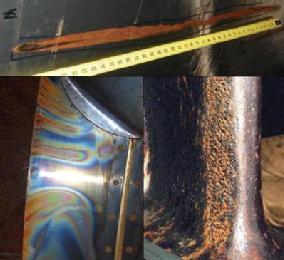Cavitation Laboratory
Cavitation was discovered in 1893 from the propeller failure of a British warship. The amazing bubbles generated from cavitation possess enormous power. It damages pumps, turbines and propellers, and in some respects engineers dislike it very much. However, its great potential for the use in treating difficult diseases such as cancerous and cardiovascular illnesses has been revealed in the past 10 years.
Our internationally leading cavitation research on hydraulic machinery traces back to late 1960’s. A new type of cavitation triggered by boundary-layer turbulence-production has been identified by us in 2006 from the cutting edge Three Gorges turbines. The triggering mechanism is being studied rigorously.
Cavitation resonance was discovered in early 1980s by this group. It affects hydraulic instabilities of systems such as the fuel system of rocket engines and water-turbine system of power stations. Its micro-mechanism is being studied by using fast-image techniques & Direct Numerical Simulation (DNS).
A Markov model of bubble-wall interaction and a micro-model of bubble-particle interaction have been developed which are being numerically and experimentally verified.
The pioneering work exploring the magic power of bubbles for destroying human stones is being performed aiming at non-surgically biting human (kidney, gall and bladder) stones into dust. This is a major healthcare research project in the phase II research programme of Warwick IMRC.
Collapsing micro-bubbles can permeabilise cell membranes and disrupt the vesicles that carry drugs and thus enormously enhance the delivery of drug & gene etc into the target cells. Our studies focus on how bubbles interact with nearby human tissues and suspended particles. This knowledge is essential to the safety & effectiveness of applying this technology to clinical practice.


